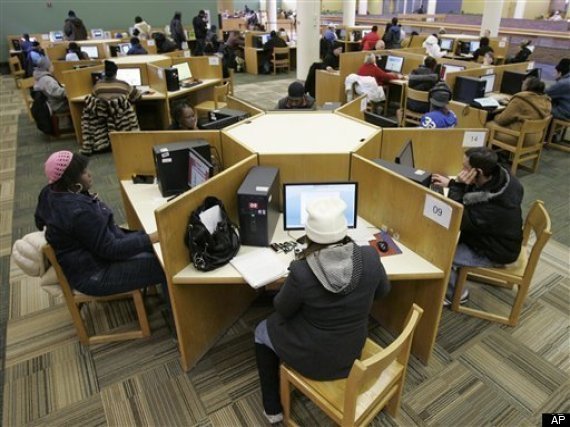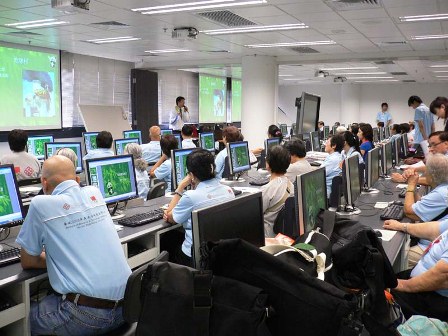|
Scope of the field
Scholars from a variety of fields study phenomena that can be described under the umbrella term of CMC as well as CHM (see also Internet studies). For example, many take a sociopsychological approach to CMC by examining how humans use "computers" (or digital media) to manage interpersonal interaction, form impressions and form and maintain relationships. These studies have often focused on the differences between online and offline interactions, though contemporary research is moving towards the view that CMC should be studied as embedded in everyday life . Another branch of CMC research examines the use of paralinguistic features such as emoticons, pragmatic rules such as turn-taking and the sequential analysis and organization of talk, and the various sociolects, styles, registers or sets of terminology specific to these environments (see Leet). The study of language in these contexts is typically based on text-based forms of CMC, and is sometimes referred to as "computer-mediated discourse analysis". The way humans communicate in professional, social, and educational settings varies widely, depending upon not only the environment but also the method of communication in which the communication occurs, which in this case is through computers or other information and computer technologies (ICTs). The study of communication to achieve collaboration—common work products—is termed computer-supported collaboration and includes only some of the concerns of other forms of CMC research. Popular forms of CMC include e-mail, video, audio or text chat (text conferencing including "instant messaging"), bulletin boards, list-servs and MMOs. These settings are changing rapidly with the development of new technologies. Weblogs (blogs) have also become popular, and the exchange of RSS data has better enabled users to each "become their own publisher".Characteristics Communication occurring within a computer-mediated format has an effect on many different aspects of an interaction. Some of these that have received attention in the scholarly literature include impression formation, deception, group dynamics, disinhibition and especially relationship formation. CMC is examined and compared to other communication media through a number of aspects thought to be universal to all forms of communication, including (but not limited to) synchronicity, persistence or "recordability", and anonymity. The association of these aspects with different forms of communication varies widely. For example, instant messaging is intrinsically synchronous but not persistent, since one loses all the content when one closes the dialog box unless one has a message log set up or has manually copy-pasted the conversation. E-mail and message boards, on the other hand, are low in synchronicity since response time varies, but high in persistence since messages sent and received are saved. Properties that separate CMC from other media also include transience, its multimodal nature, and its relative lack of governing codes of conduct. CMC is able to overcome physical and social limitations of other forms of communication and therefore allow the interaction of people who are not physically sharing the same space. Anonymity and in part privacy and security depends more on the context and particular program being used or web page being visited. However, most researchers in the field acknowledge the importance of considering the psychological and social implications of these factors alongside the technical "limitations".
|
 |  |
Types CMC can be divided into synchronous and asynchronous modes. In synchronous communications all participants are online at the same time (e.g. IRC), while asynchronous communications occurs with time constraints. (e.g. email). People choose asynchronous communication like email for delayed, controlled and longer messages. They also prefer email for negative emotion as they are distant from the receiver ("shielding" effect). On the other hand, people prefer synchronous communication like IM for immediate good news. They also use it because they can multitask while talking.Language learning CMC is widely discussed in language learning because CMC provides opportunities for language learners to practice their language. For example, Warschauer conducted several case studies on using email or discussion boards in different language classes. Warschauer claimed that information and communications technology “bridge the historic divide between speech … and writing”. Thus, considerable concern has arisen over the reading and writing research in L2 due to the booming of Internet
|
